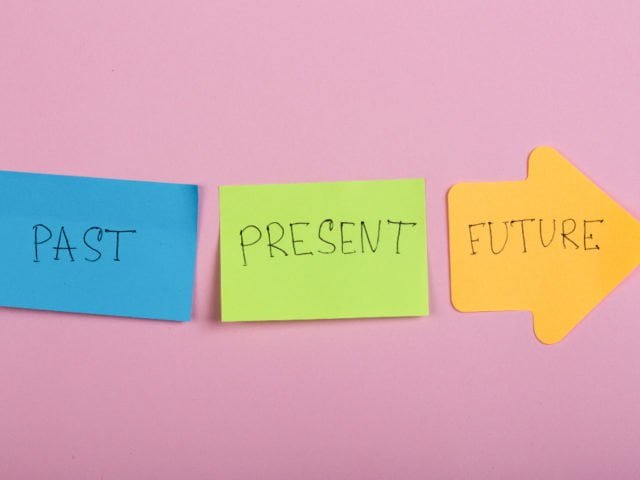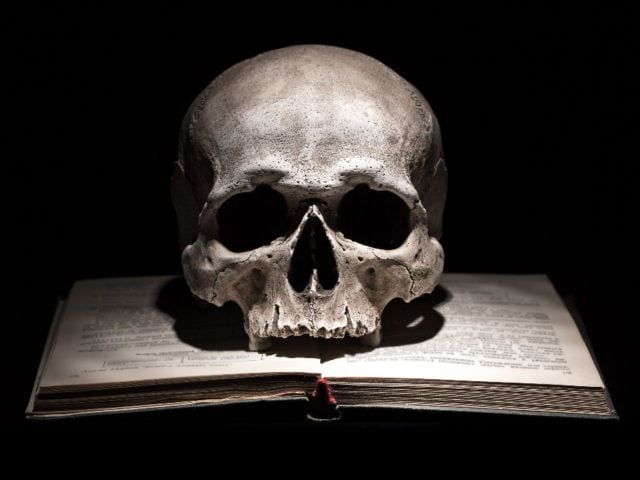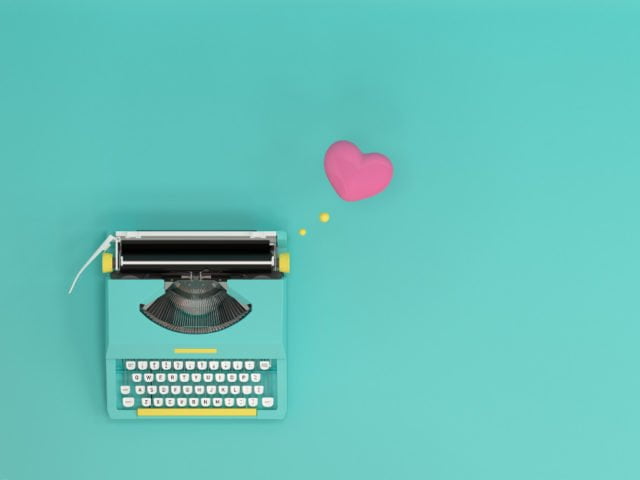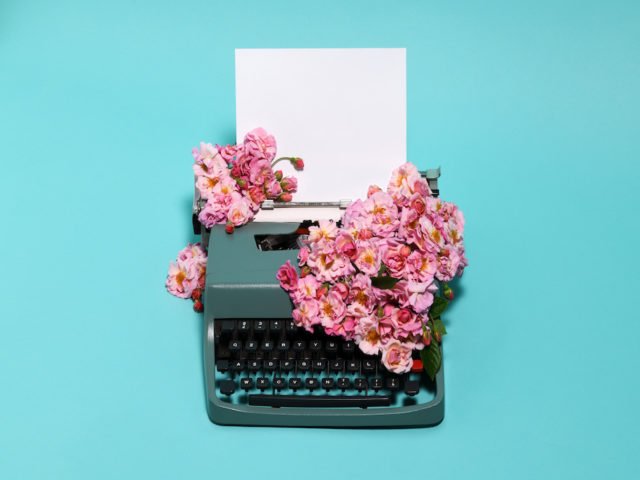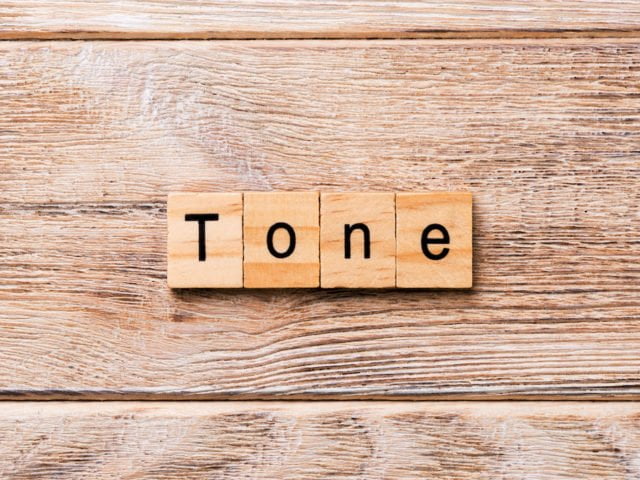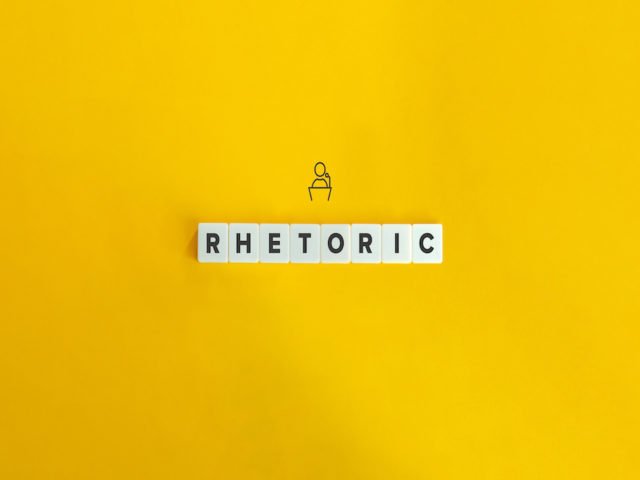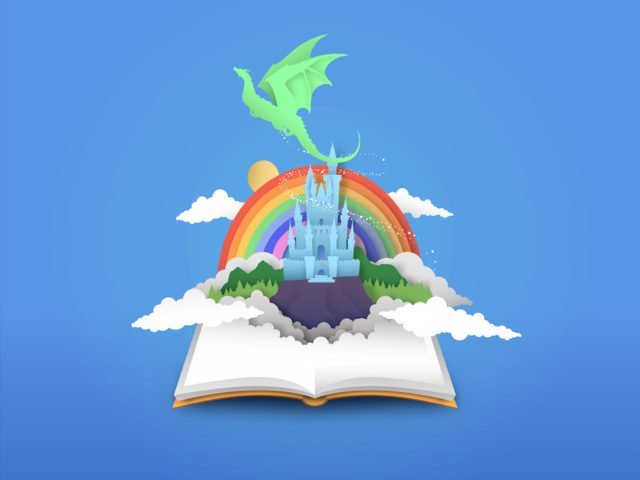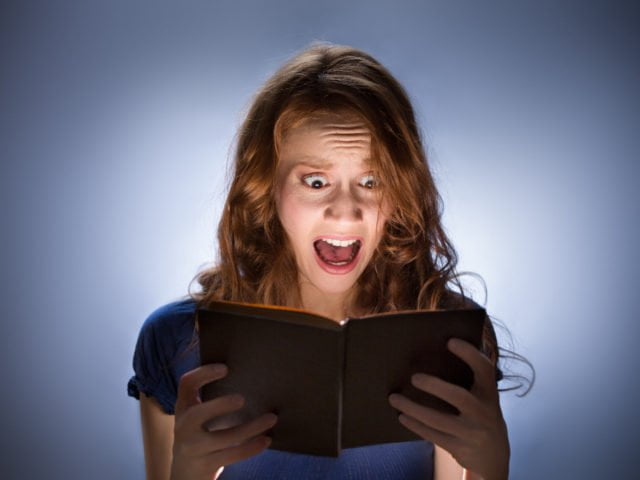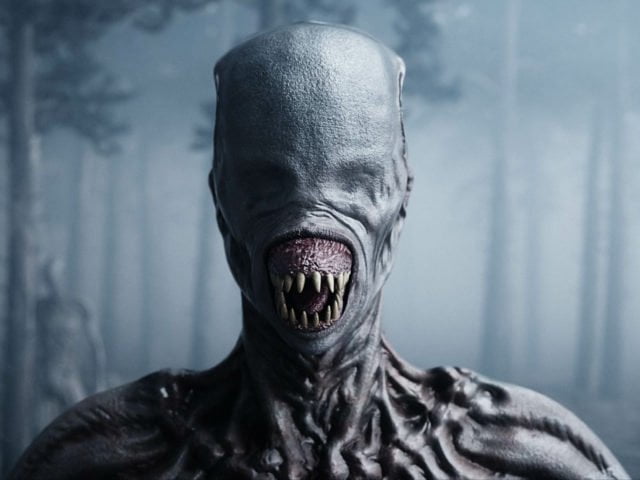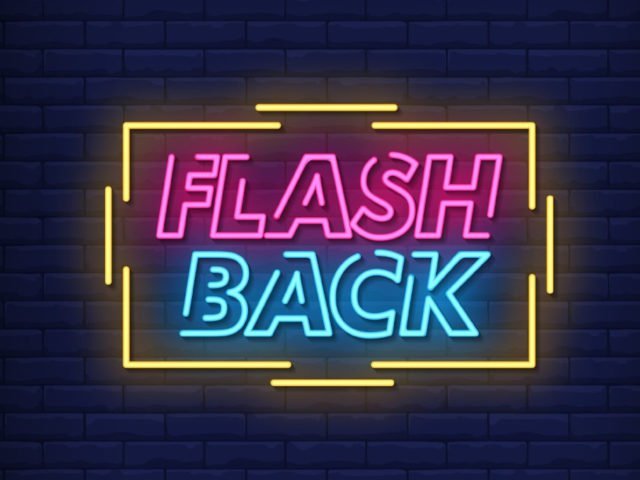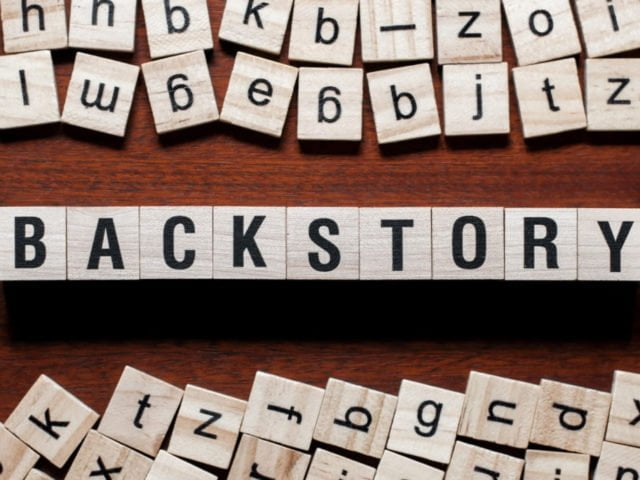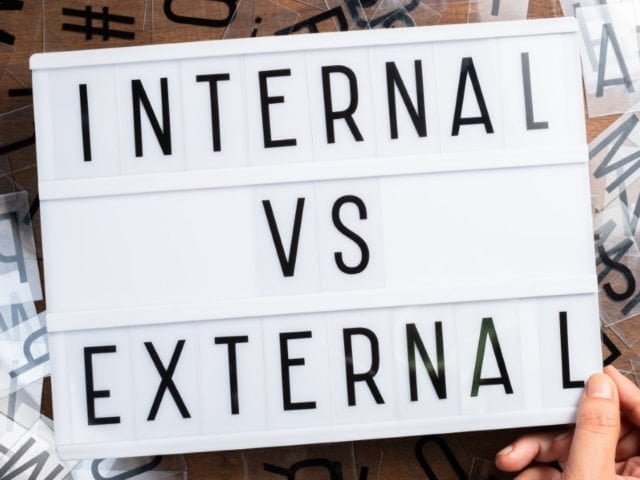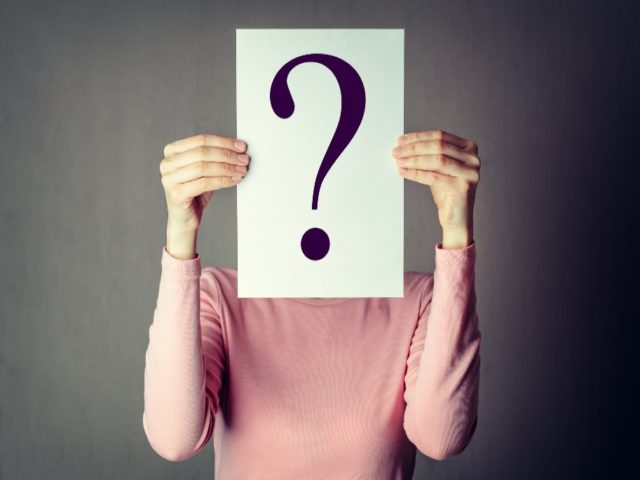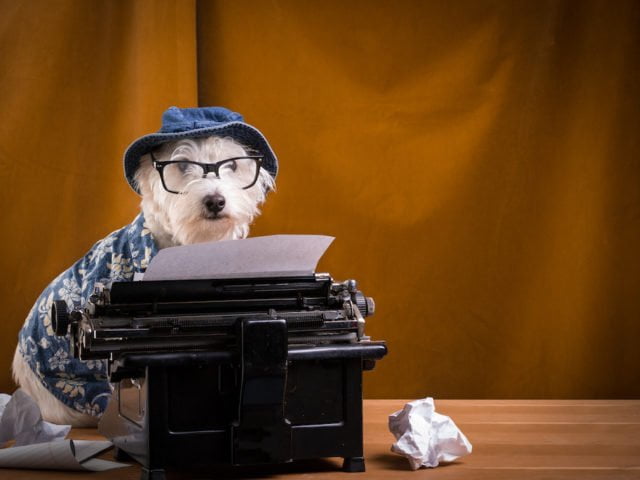Writing Tenses: Tips For Past, Present, And Future Tense
Knowing which tense to write in can be one of the earliest stumbling blocks that a writer can face. Getting the tense right is key to ensuring that your text flows smoothly and that your reader can engage with your writing. Although it seems like such a simple decision, it can be so easy to get in a muddle with tenses and confuse both yourself and the reader. I guess it’s fair to say that tense in writing can make the most experienced writer tense! Therefore, its vital that we understand the benefits of each tense and try to use them to our best advantage.
In this guide we will dig deeper into the main tenses and explore past, present and even future tense to discover how these they can be used to the greatest effect. We will also explore the advantages and disadvantages of writing in each tense and consider some writing examples that demonstrate their use well.
Hopefully, by the end of this guide you will have a clearer idea about how to write in each tense and will have a better idea of which would work best for you.
So, sit back, untense yourself and read on!
First, let’s consider what the main tenses are.
What Are The Main Tenses?
In short, there are three main tenses.
Past tense Present tense Future tense
I will take each one in turn, beginning with the one most commonly used in writing; past tense.
Writing In Past Tense
Past tense is the most traditional and familiar form of writing and is a form of tense that we can recognise in many of the books that we read. It is popular in many contemporary novels and traditionally has been seen a lot in the historical and fantasy genre. It harps back to the old and comforting ‘once upon a time’, that makes us want to settle down and listen to the story unfold in its ‘told’ form. In short, the narrator is looking back to the past, commenting on events that have already taken place. This can often help the writer and reader feel more in control as the events taking place are already resolved.
A great example of past tense is in Reservoir 13, by Jon McGregor, which opens with:
They gathered at the car park in the hour before dawn and waited to be told what to do. It was cold and there was little conversation. There were questions that weren’t being asked. The missing girl’s name was Rebecca Shaw.Reservoir 13 by Jon McGregor
As readers, we are that the narrator knows lots of information about past events that they will be feeding to us throughout the book. There is often a sense of familiarity and reassurance in knowing that the events have already happened, and the outcome has been decided, which is part of the reason why past tense is popular with readers.
If we were to change the above section to present tense it will read like this:
They gather at the car park in the hour before dawn and wait to be told what to do. It’s cold and there is little conversation. There are questions that aren’t being asked. The missing girl’s name is Rebecca Shaw.
Immediately you can see that, in present tense, the dynamic of this piece has changed. It is now feels far more immediate and urgent. The reader has been dropped directly into the action at the moment it is occurring. The narrator is speaking in the ‘now’ and therefore has no knowledge of how the future will play out.
Another advantage of writing in past tense is that it’s much easier to play with the order in which things happen. In many ways you have more flexibility and freedom. Backstory, flashbacks and hindsight are much easier to manage.
The acclaimed author Stephen King is very keen on writing in past tense and this works well for him, as his stories often include the use of hindsight, memory and flashback. An example of this can be seen in his book, The Talisman written in collaboration with Peter Straub:
He closed his eyes, squeezing his legs together. His mother looked uncertain, lost and confused and the men forced her into the car as easily as they would a weary collie dog. But this was not really happening, he knew: it was a memory – part of it must have been one of the Daydreams – and it happened not to his mother but to him.The Talisman by Stephen King and Peter Straub
This memory recollection doesn’t feel forced and doesn’t disrupt the flow of writing in any way, which shows that such a device works particularly well when used in conjunction with past tense writing. That’s not to say that when you are writing in present tense you cannot use these devices, it’s just that they can appear a little clumsier or forced if not used carefully.
Writing In Present Tense
Writing in present tense has always been a common form of writing in the YA and children’s fiction genres but is now becoming increasingly popular in thrillers and psychological books too. This is probably because writing in present tense feels much more immediate and places the reader right in the ‘now’. Emotions and drama can also be instantly intensified. In many ways, writing in the present tense can be likened to watching a film or TV programme, where the reader is watching the events unfold right in front of them. There is often a sense that anything can happen because the future is unknown, much as it is in reality.
A great example of present tense writing is used in the book White Rabbit, Red Wolf by Tom Pollock which opens with the lines:
Mum finds me in the larder. I crouch in the corner, flinching from the sudden light in the doorway. My mouth is full of blood and shards of porcelain.White Rabbit, Red Wolf by Tom Pollock
This is an excellent example of the reader being immediately thrust into the action and straight into the characters’ thought processes. There is a sense of urgency and suspense that is created because the narrator and reader are on this journey towards an uncertain future together– which is a powerful tool to use.
Changing this example to past tense, we can see that there is a shift in energy:
Mum found me in the larder. I was crouched in the corner, flinching from the sudden light in the doorway. My mouth was full of blood and shards of porcelain.
Although it is still an effective piece of writing, there is less urgency about it. Also, some of the intrigue has been removed as we can assume that the narrator has survived the experience, as they are now recounting it.
Writing in present tense can also feel quite personal and is a great opportunity to develop voice as you are experiencing the story in real time alongside the characters. A lovely example of this is in This Must be the Place by Maggie O’Farrell, which feels conversational and natural.
There is a man. He’s standing on the back step rolling a cigarette. The day is typically unstable, the garden is lush and shining. The branches weighty with still-falling rain. There is a man, and the man is me.This Must be the Place by Maggie O’Farrell
Here you can see O’Farrell is deep in thought and taking the reader on that journey with her – it feels intimate and immediate which is very powerful.
Writing In Future Tense
It’s rare to see future tense used in an entire book – as it places the narrator constantly in the future (for example – “I will be going to town, and I shall be buying some clothes and then I will be meeting my friends”) which would be limiting to the narrator and possibly repetitive and jarring to the reader.
However, writing in future tense can be effective in sections of writing or in shorter books. It is also useful for describing spontaneous actions or predictions, and authors often use it as a tool when their characters are trying to decide what decision or path to take next.
There aren’t many examples of future tense being used effectively continuously in novels, but in the Spanish editions of the novella Aura Carlos Fuentes uses future tense to good effect.
It is certainly quite a unique style of writing and can stand out from the rest, but this is a tense that needs to be treated delicately and with consideration if used at length.
Let’s now explore how the main tenses are used and how you can decide which one to choose for your writing.
Writing Tenses
Deciding which tense to write in can be one of the most challenging writing decisions, however there are some things that can help you make your choice. Consider the books that you enjoy reading yourself. Ask yourself if there is a tense that you particularly engage with, as often the tenses we best connect with are the ones we can write well. What type of book are you looking to write? Is it a thriller or a YA mystery? Do you want your character/narrator to ‘know’ the outcome of the story? Are you likely to play around with timelines or introduce devices such as flashbacks? All these points can help you decide which tense might suit you best.
Also, knowing the main pros and cons of each tense can help you decide:
Past Tense
Pros
A familiar and traditional form of writing. Readers will know what to expect. Non-linear timelines are easier to manage and control.Suspense is easier to convey as the narrator (usually) knows how events will play out.
Cons
The reader knows that the narrator is alive and safe, and the story has already happened – this can take away some of the intrigue and pace. It can be easier to slip into ‘telling’ the story (rather than \'showing\' it) and the writer must be mindful of this. There’s a risk that the voice can become passive, and readers will struggle to connect.
Present Tense
Pros
Writing in present tense feels much more immediate and places the reader right in the ‘now’. There is a sense of urgency and intrigue that is created because the future is unknown to both the narrator and the reader. You have an opportunity to showcase voice as the reader can see into the characters immediate thought process.
Cons
It can be inflexible and possibly restrict your ability to manipulate time or play with chronological order. The future is blank and therefore the narrator is unable to build or manipulate suspense because they can’t know what is about to happen. It can be easy to fixate on smaller, mundane details and risk boring your reader.
Future Tense
Pros
As this is such a rare form of writing in novels, your book is much more likely to get noticed. Your writing can be more fluid and unique. Your narrator is rooted in the future which gives you greater scope to have fun and experiment.
Cons
Readers may find it hard to connect with the writing and find the tense jarring. As the events haven’t happened yet it may be much harder for the reader to connect with the characters. It is very difficult to maintain for long periods.
Past, Present, And Future Tense
Using tenses well will develop your own writing and bring your work to life, but a lot of it comes from practice, trial and error and having a bit of fun. Some writers find that they like to combine tenses in their work to have the best impact, others will stick to one tense throughout and will find that far less muddling and easier to edit. The key is to find what works best for you and then run with it.
Five Tips For Using Tenses Well
Try using a combination of tenses in your work. Explore, have fun and play with a range to see what suits you.
Read! Remember the books that you connect best with and see if you are drawn to any particular tense. Often the tenses we personally connect with are the ones we write best.
Take time to rewrite paragraphs in different tenses to see which one works best for you.
Read passages out loud to yourself. Does the tense sound right? If not, change it.
Don’t limit yourself. If you’ve always written in past tense, try writing a new piece in present tense to see how it changes your writing. Enjoy experimenting!
Tense In Writing
When it comes to writing tenses, the truth is there is no right or wrong answer. The most important thing is to take time to explore the different tenses and try not to be wary of trying each one out and experimenting a little. What suits one writer might not suit another, and what works well for one piece of writing, might not deliver for another.
Consider the type of narrative you are using and how you want the action to unfold. Perhaps you can use a combination of past and present narratives to best deliver the story and showcase your characters.
Personally, I love writing in present tense because I prefer being in the immediate moment. I also feel that by writing in the present tense I have more insight, and can reach into my characters current thoughts. However, this is a personal preference, and I can also see and appreciate the benefits that other tenses bring.
The most important thing to remember is that each of the tenses bring something to the table (or page!) and when used correctly can have an outstanding effect on your work.
So, my advice is - pick up your pen and stop being tense about tenses!




